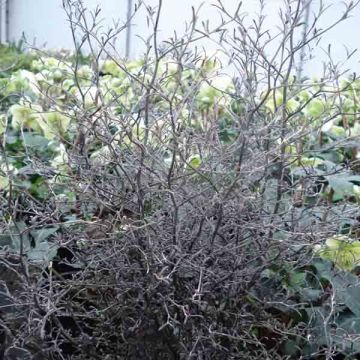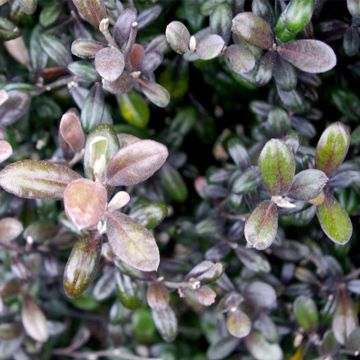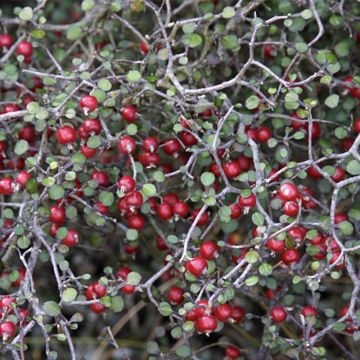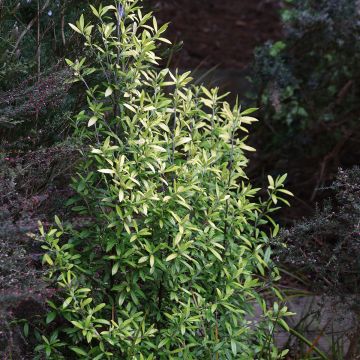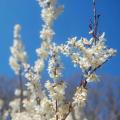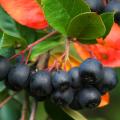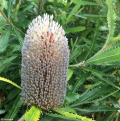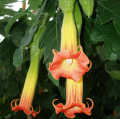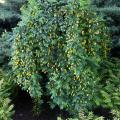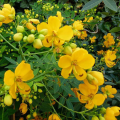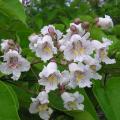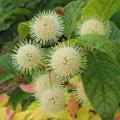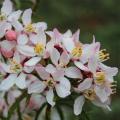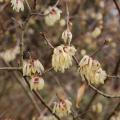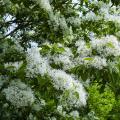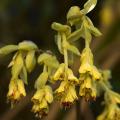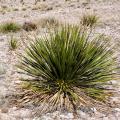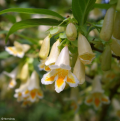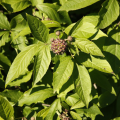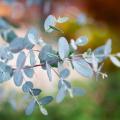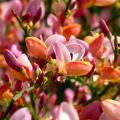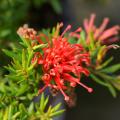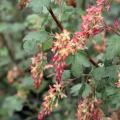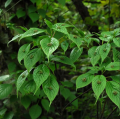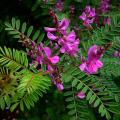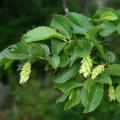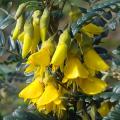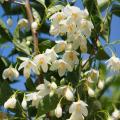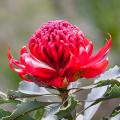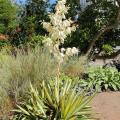Corokia
Does this plant fit my garden? Set up your Plantfit profile →
Available in 1 sizes
Available in 1 sizes
Available in 1 sizes
Available in 1 sizes
The Corokia are small evergreen shrubs and trees, less than 2.50 m (8ft) tall, with a unique charm. They are characterised by dark zigzag branches, flowering with small scented yellow stars followed by red or yellow berries.
The Corokia genus consists of six species native to New Zealand and Australia. In Corokia, the diversity is mainly found in the appearance of the foliage. The most well-known to gardeners is the Corokia cotoneaster, but there is also Corokia virgata and its lovely variety 'Frosted Chocolate' with colorful foliage, or the Corokia buddleioides with silver buds and buddleia-like leaves. With modest hardiness, but adapted to poor and fairly dry soils, Corokia can be grown in the ground in mild winter regions, mainly in coastal areas. They can be used as free or trimmed hedges, as bonsai, or in a deep pot to overwinter in a cold greenhouse or in a slightly heated conservatory.
Also discover our selection of evergreen shrubs for coastal areas.
Haven't found what you were looking for?







































